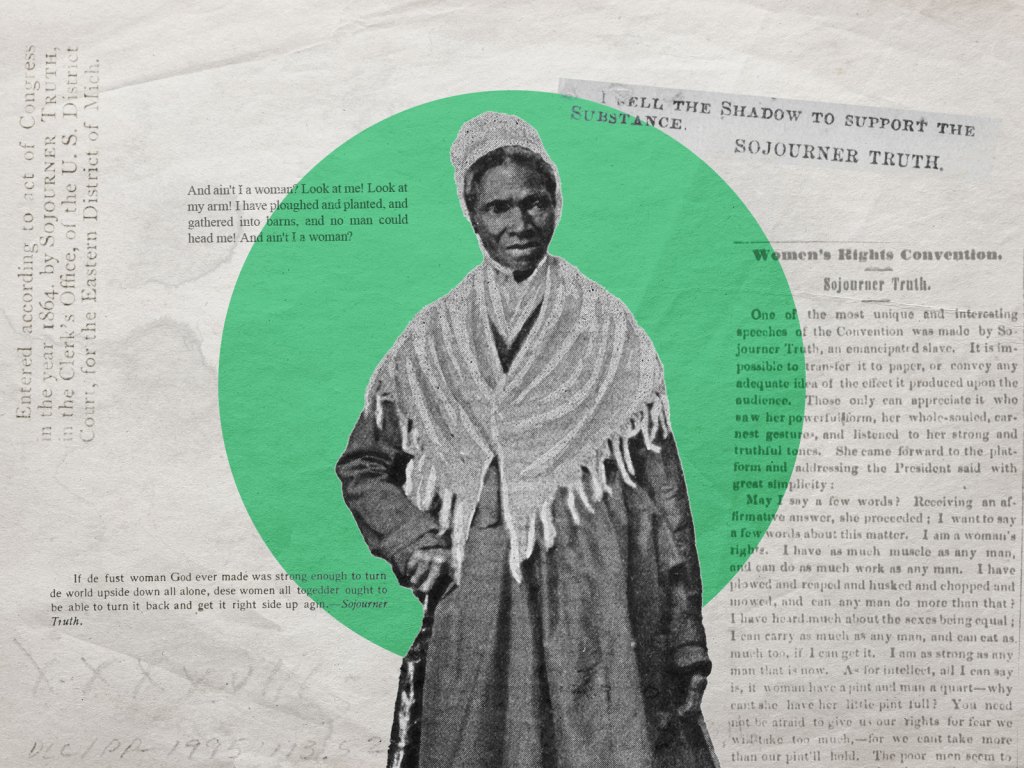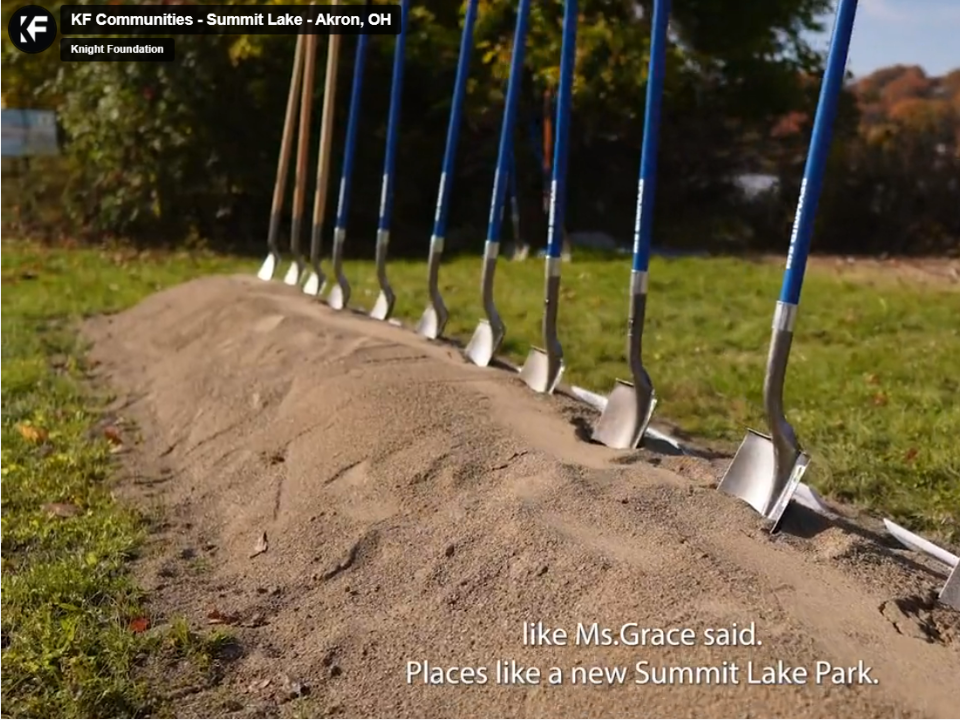
Interactive map reveals insights into community broadband adoption
A new, interactive map reveals interesting data about broadband adoption rates in communities across the country.
The map describes what it calls “the poverty divide:” data illustrates that wealthier households subscribe to broadband at a rate of 80 to 100 percent, while low-income areas of cities (some which exceed a 50 percent poverty rate) subscribe at much lower rates of 40 to 60 percent. Produced by The Investigative Reporting Workshop at American University, the map is based on government data collected from 2008-10. It reveals which specific metro areas had the highest and lowest broadband subscription rates and provides insight into why people in certain communities either can’t or choose not to connect. In a blog post “Poverty stretches the digital divide,” the project’s director, John Dunbar, highlights the findings from the survey which concluded that 40 percent of households did not have a broadband connection as of December 2010. With respect to broadband subscription rates regionally, it found that “particularly in the West, [it] increased at a rapid clip between 2008 and 2010, while the South has lagged behind the rest of the nation.” Soon, Knight will release a report analyzing broadband access in Detroit, highlighting what works and what doesn’t for communities trying to increase their digital inclusion rates. The report will provide lessons for other communities trying to digitally connect the 100 million Americans without home broadband access. Earlier this week, the foundation blogged about new resources available to help communities become more digitally inclusive. The set of resources identify specific areas where communities may want to focus their digital inclusion efforts and provides strategies that organizations and individuals can use to help them implement these efforts.
Recent Content
-
Community Impactarticle ·
-
Community Impactarticle ·
-
Community Impactarticle ·


